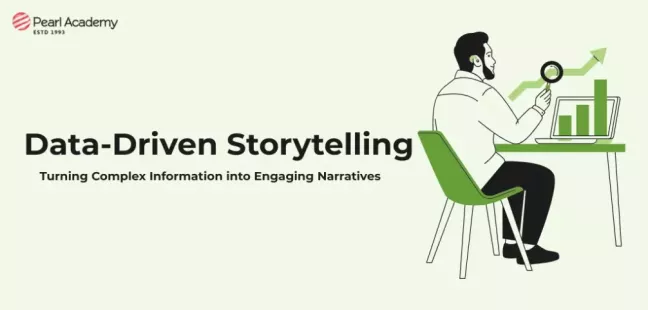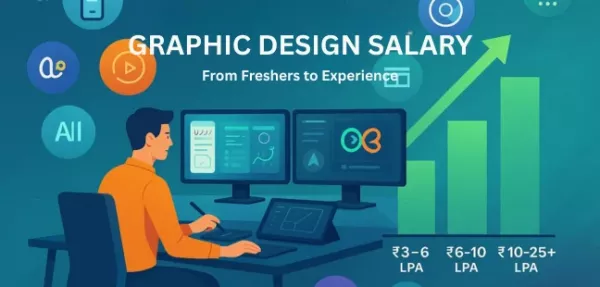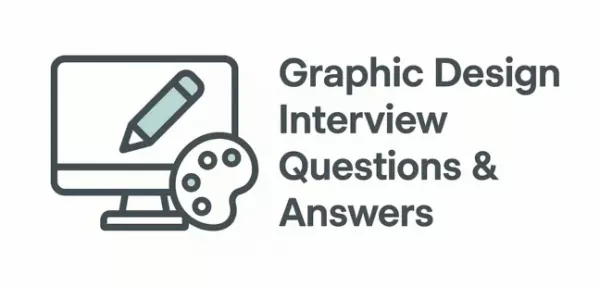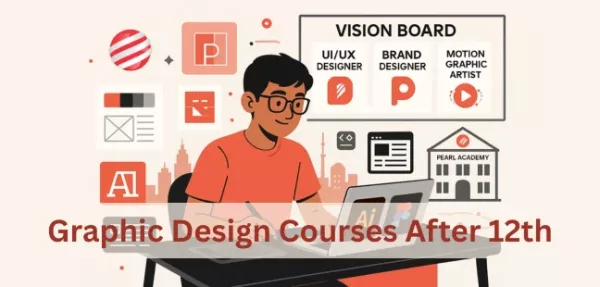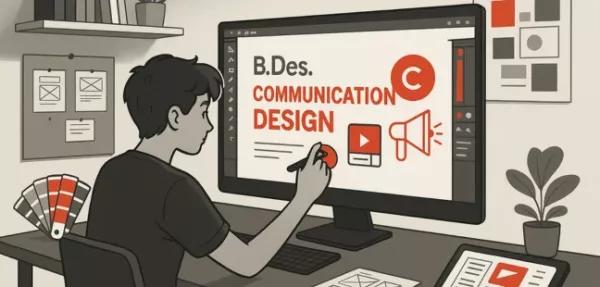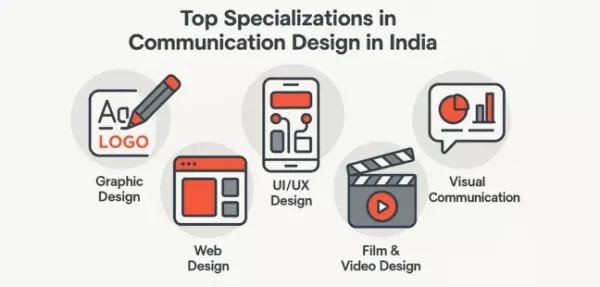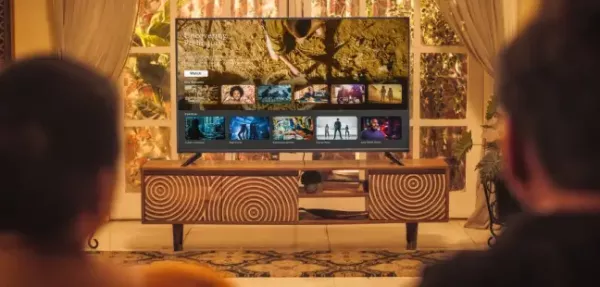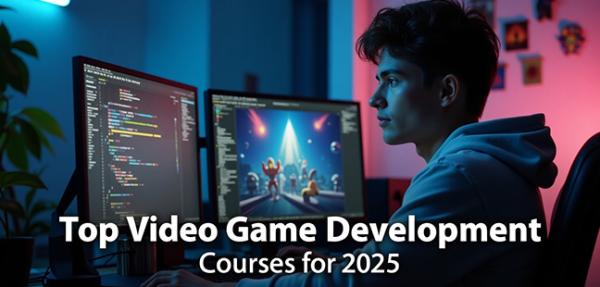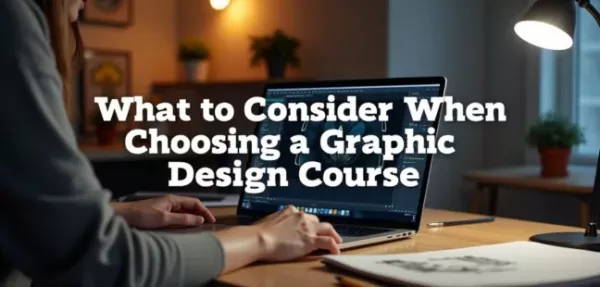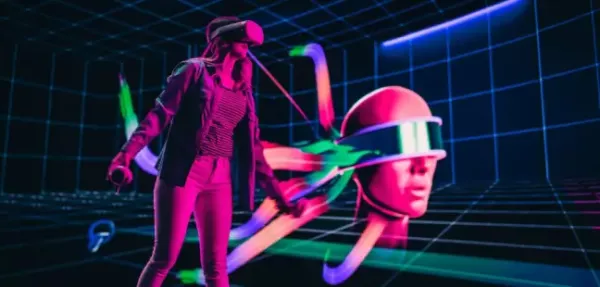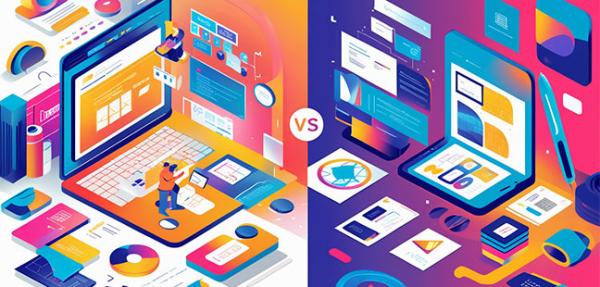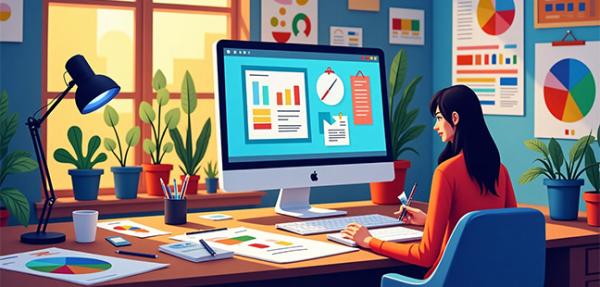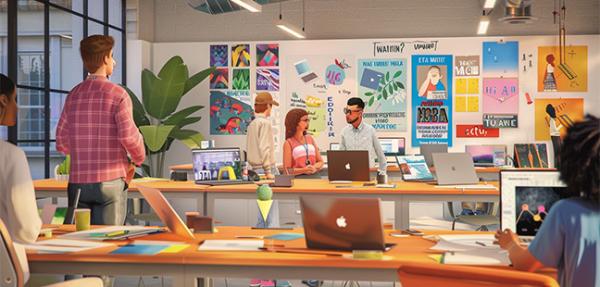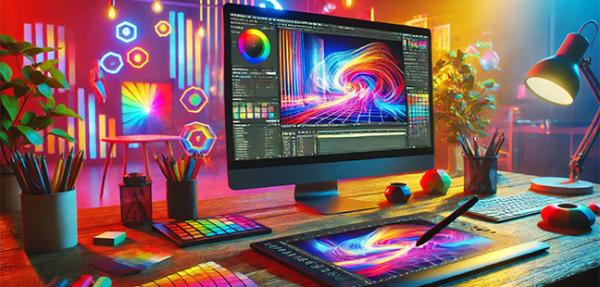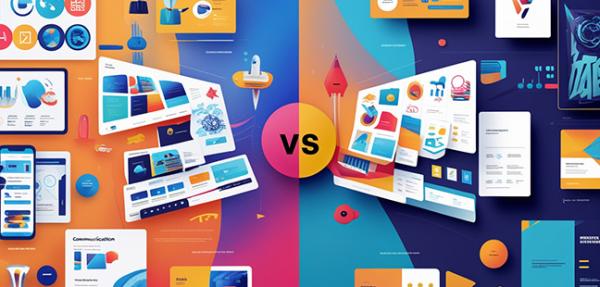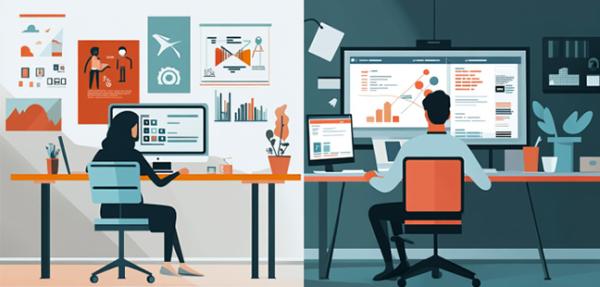How to improve design Skills (Graphic, Creative & Visual)
- Editorial Team
- Published 06-Aug-2025
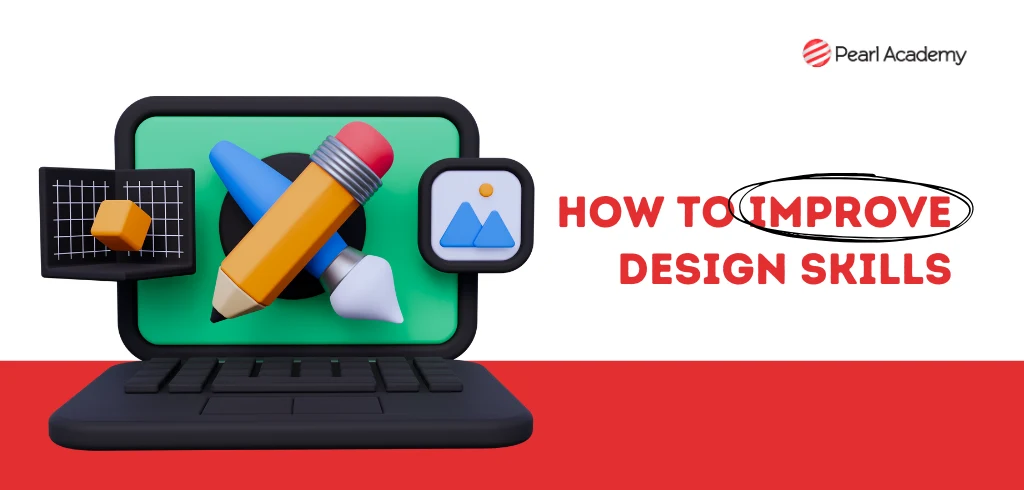
Are you someone who is very creative and wishes to try his/her hands on various genres? Good thing you can become a graphic designer or a creative designer, or even a visual designer. The world is your oyster! Discover how to enhance your design skills and unlock multiple career opportunities. You can also pursue a course, take up a job, do internships, enrol in certifications, take up individual projects, and much more to upskill yourself as a designer. Read below to uncover the ways on how to improve design skills as a graphic, creative, or visual designer.
Become future-ready with our Communication Design Programs
Know MoreHow to Improve Graphic Design Skills
The art of visual communication through layout, color, typography, and images is known as graphic design. It serves as the cornerstone of advertising, UI/UX, digital branding, and visual storytelling. There are several ways to hone your graphic design skills, whether you are a student, working professional, or even just an enthusiast. Read below:
1. Master Design Software
As a graphic designer, most of your work will be done digitally so a nuanced and in-depth mastery of graphic design tools and software is essential to make your mark. You must know Adobe Photoshop, Illustrator, and InDesign at the back of your hand. If you are wondering what to consider when choosing a graphic design course, make sure they teach up modern graphic design tools and software.
- Practice daily by replicating existing designs
- Create your own design challenges (e.g., one poster a day for 30 days)
2. Understand Design Principles
As a graphic designer, you must ensure you are well-versed with contrast, alignment, hierarchy, proximity, balance, and repetition. Having a good grasp of these concepts will help you produce results that are artful.
3. Study the Greats
Studying legendary designers can help you improve your work by implementing their style, use of type, space, and messaging but with a personalised twist. Browse the works of Paul Rand, Paula Scher, or Massimo Vignelli today!
4. Join Critique Communities
Platforms such as Behance, Dribbble, and Reddit’s design subreddits offer constructive feedback that accelerates growth. You can make your profile on these platforms and post your work. Constructive feedback can go a long way in improving yourself.
5. Typography Matters
Typography is often neglected. Take time to study type anatomy, font pairing, and readability. These impact your final product created. How well you imply type anatomy, font pairing, and other techniques really impact the readability. And a good graphic design is the one that’s catchy and memorable!
Pro Tip:
Redesign an existing brochure or website with improved layout and hierarchy. Compare before-and-after to evaluate your progress. Put these individual projects in your resume to land your first graphic design job easily!
Pearl Academy’s Certificate Course in Graphics & Motion Design is an excellent choice for aspiring designers. With an Industry-Relevant Curriculum, Practical Learning Approach, Short-Term Commitment, and Global Exposure, it truly is a perfect launchpad.
How to Improve Creative Design Skills
Creative design is broader than graphic design. It involves ideation, storytelling, and conceptual thinking. It's where psychology, emotion, and strategy meet aesthetics.
1. Strengthen Ideation Techniques
As a Creative designer, you will have to take on the challenges of coming up with new ideas, techniques, stories, and messages to sell a product. And it can get overwhelming at times to be at the top of your game always. SCAMPER, mind mapping, or design thinking sprints are some methods you must master to use to help with ideation.
2. Study Cross-Disciplinary Influences
The whole world’s connected and no one can figure that out better than a creative designer! Read as much as you can. Keep an open eye always! Turn to art, music, architecture, literature, philosophy, and other disciplines for the inspiration and element of uniqueness. Explore how non-design fields shape design trends.
3. Build a Swipe File
Many a time, ideas do not come to our minds in times of urgent need. If you fail to produce new ideas of innovation, creative designing, and storytelling at crucial moments, your credibility as a creative designer can be questioned. To avoid such situations, make sure to always keep hands a curated folder of innovative ads, posters, campaigns, and branding strategies. Keep looking at it at intervals to be thorough and prepared.
4. Embrace Constraints
Set specific creative limits (e.g., design using only three colours or one font). Constraints often push designers to think more innovatively.
5. Practice Lateral Thinking
As a creative designer, you can always use Edward de Bono’s lateral thinking techniques to improve your thinking capabilities. The techniques of awareness, random stimulation, alternatives, and alteration will help you shed pre-conceived notions and explore unconventional ideas. Isn’t that being creative is all about?
Pro Tip:
Regularly participate in global design challenges such as 99designs, Adobe Creative Jams, or Awwwards. Exposure to new briefs stimulates creative versatility.
How to Improve Visual Design Skills
Visual design enhances usability and elevates aesthetics by focusing on user interface (UI), layout, color theory, and spatial harmony. It bridges function and form.
Stuck on how to master visual communication? Read below:
1. Learn UI/UX Fundamentals
If you are starting to learn visual design skills, make sure to lay hands on the working of Figma and Adobe XD. They both are essential tools for prototyping. Before creating any visual design, delve deep into user psychology, wireframing, and interaction design to bring out a visually appealing product.
2. Colour Theory and Visual Hierarchy
The importance of colours and visual hierarchy cannot be stressed enough! There is science and psychology involved in how we react to colour combinations, contrast, and more. Learn those emotional triggers in your journey of how to become a visual designer.
3. Train Your Visual Eye
Practice design observation. Deconstruct everyday interfaces, posters, or apps. Ask: Why did they choose this layout? How is user attention directed?
4. Work on Real Projects
At the beginning of one’s career it may be a little difficult to get paid projects. However, that should not slow down your progress. Nothing builds visual fluency like real-world application. Offer to redesign your university newsletter, volunteer for a non-profit, or create a portfolio site.
5. Learn to Tell Visual Stories
Infographics, motion graphics, and data visualization are powerful tools in the visual design toolkit. They simplify complexity through compelling visuals. Make ample use of them to create something that’s visually easy to grasp but impossible to forget.
Pro Tip:
Adopt grid systems and responsive design principles early on. These promote clarity and adaptability across platforms.
Future UX UI designers can choose Pearl Academy’s Bachelor of Design (B.Des) or Master of Design (M.Des) in Communication Design as the perfect platform to develop their skills and gain deep insights into the world of UX UI designing. These programs offer a structured curriculum that covers everything from graphic design principles and UX/UI design to animation and digital storytelling.
Remember,
In today’s rapidly evolving digital landscape, design is no longer a supplementary skill—it is foundational. Whether you're a student of design, a working professional, or an educator, knowing strong design skills is crucial for standing out and communicating effectively.

Student Guidance Center: Our Counselors are Just a Click Away.
Conclusion
Knowing how to improve design skills in graphic, creative, and visual domains—unlocks greater potential in both academic and industry spaces. In a world where attention is currency, design becomes the bridge between content and impact. Mastering these design skills fosters not just aesthetic value but functional communication, critical thinking, and innovation. Whether you’re preparing for a career in branding, UI/UX, advertising, or communication design, cultivating design skills is not a one-time event—it’s a lifelong pursuit of refinement.
Tags
- #Communication Design
Pearl Admission Enquiry
Subscribe to Pearl Blogs
By clicking the "Subscribe" button, I agree and accept the privacy policy of Pearl Academy.










